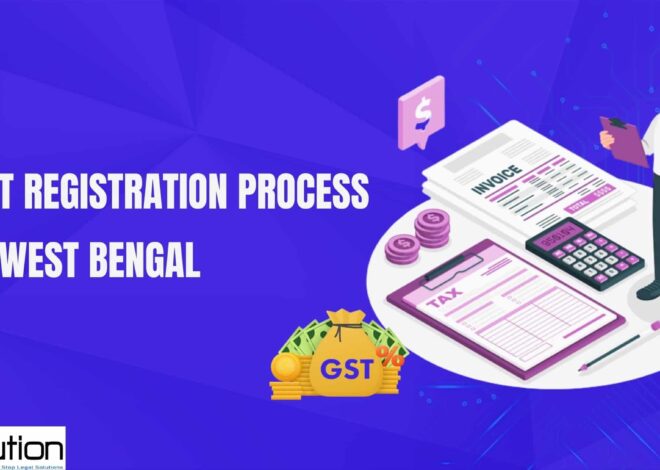
A Detailed guidelines on GST Registration for E-Commerce Business
Goods and Services Tax (GST) has revolutionized the way taxes are levied on goods and services in India. For e-commerce businesses operating in the country, understanding and complying with GST regulations is crucial.
In this blog post, we’ll provide you with a comprehensive guide on GST registration for e-commerce, covering key concepts, thresholds, and the step-by-step process to get your business GST compliant.
Table of Contents
ToggleUnderstanding GST for E-Commerce
Goods and Services Tax (GST) is a comprehensive indirect tax levied on the supply of goods and services in India.
It has replaced multiple taxes, making the taxation system more streamlined and efficient. For e-commerce businesses, GST registration is a mandatory requirement if certain turnover thresholds are met.
Who Needs to Register for GST in E-Commerce?
- E-commerce Operators: If you operate an online platform or website that facilitates the sale of goods or services by multiple vendors, you are classified as an “e-commerce operator.” This includes giants like Amazon and Flipkart.
- E-commerce Sellers: If you are an individual or business selling products or services through an e-commerce platform, you are considered an “e-commerce seller.”
Threshold for GST Registration
GST registration for e-commerce businesses becomes mandatory when their annual turnover exceeds Rs. 20 lakhs (Rs. 10 lakhs for special category states).
However, these thresholds can vary depending on your location and the type of goods or services you deal with
Steps for GST Registration for E-commerce Business
Here are the steps to register for GST as an e-commerce operator or seller:
- Visit the GST Portal: Go to the official GST portal .
- Register: Click on “Register Now” and select “New Registration.”
- Fill in Details: Provide your PAN, mobile number, and email address for verification. You will receive an OTP.
- Complete the Application: Fill out the GST registration application with accurate information about your business and e-commerce operations.
- Document Upload: Upload necessary documents, including business proof, address proof, bank account details, and PAN card.
- Verification and Approval: A GST officer will review your application. Be prepared to provide additional information or clarifications if needed.
- GSTIN and Certificate: Once approved, you will receive a GST Identification Number (GSTIN) and a GST registration certificate.
- Compliance: Ensure you file GST returns regularly, collect and remit TCS (if applicable), and maintain proper records.
Hassel Free GST registration at lowest price
Book NowConclusion
GST registration is a critical step for e-commerce businesses in India. It ensures compliance with the law and allows you to benefit from Input Tax Credit.
Stay updated with the latest GST regulations and thresholds, and consult with a tax professional if needed to navigate the complexities of GST registration for e-commerce



